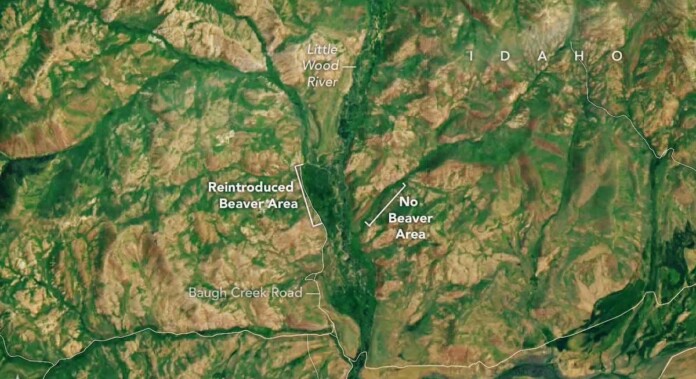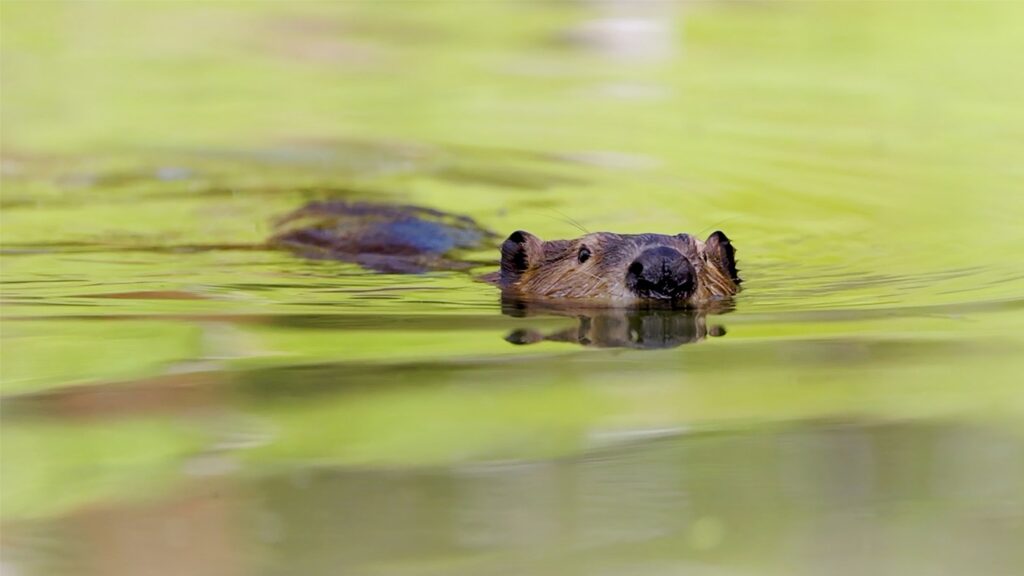NASA often highlights the spin-off benefits of space innovation for everyday life, but a new collaboration with Idaho ranchers takes that concept quite literally.
Partnering with ranchers, NASA is employing remote sensing data to monitor beaver rewilding projects, tracking dam locations, water dispersion, and selecting optimal reintroduction sites. This initiative stems from the resurgence of “beaver fever” as ranchers actively restore beaver populations in states like Idaho and Utah.
Led by Jodi Brandt at the Univ of Idaho, Boise, the team uses NASA’s Earth observation data to quantify beavers’ ecological impact, supported by the Beaver Restoration Assessment Tool (BRAT) developed by Wally Macfarlane and Joe Wheaton at Utah State University.
The project aims to restore beaver dam densities to historic levels, recognizing the vital role of beaver damming in enhancing ecosystems, enriching wildlife, and sustaining water resources.
The backstory traces to the 19th-century haberdashery and fur-trapping industries, where beaver fur was a coveted material for gentlemen’s hats, coats, and gloves. The beaver population dwindled due to extensive trapping, but the understanding of their crucial role in ecosystem health has sparked their return to waterways.
Before extensive trapping, beaver dams were prevalent in the West. The ongoing effort is to bring back beaver dam densities to historical levels, benefiting prairie ecosystems. When beavers dam riverways, water lingers, enriching bird, plant, insect, and amphibian life. It also replenishes aquifers and keeps soil, grass, and trees wetter for longer durations.
The collaborative project serves as a testament to the innovative use of space technology in addressing ecological challenges, bridging the realms of space exploration and terrestrial conservation.

In the quest for ecological harmony, we’re not just battling droughts and restoring streams—we’re unleashing ‘beaver fever’ with NASA’s cosmic touch. Picture this cosmic symphony: Idaho ranchers, NASA wizards, and a sprinkle of European Space Agency magic, all dancing to the rhythm of beaver-inspired restoration.
Cindy Schmidt, the associate program manager, donned her boots and joined the Idaho squad, crafting beaver dam analogs—temporary havens that beckon beavers to work their watery wonders. Witnessing the transformation, Schmidt declared, ‘I became a beaver believer.’ Yes, you read that right—’beaver believer.’
But this isn’t just a celestial affair. Jodi Brandt, the maestro of this earthly symphony, underscores the real power of satellite data. It’s not about gazing at Earth from space; it’s about arming the boots-on-the-ground warriors with knowledge. It’s about telling them exactly where to toil harder, where their efforts bloom best, and where the cosmic dance needs a bit more finesse.
In this cosmic ballet, four applications born from NASA and European Space Agency data take center stage. It’s not just about monitoring; it’s about empowering those wielding shovels and sweat to amplify their impact. It’s about making ‘beaver fever’ a rallying cry for a greener, wetter, and more harmonious Earth. Because in this cosmic journey, every beaver dam becomes a note, every stream a verse, and every drop of water a celestial dance move.
